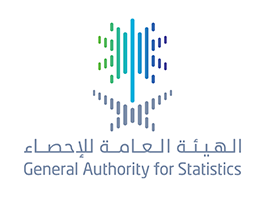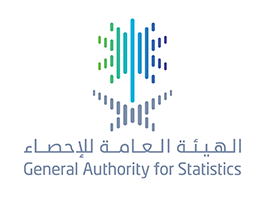GASTAT Issues Saudi Women's Report 2022
13-08-2023
The General Authority for Statistics (GASTAT) issued the Saudi Women's Report 2022 today. The report aims to provide many indicators relating to Saudi women aged 15 and above in different fields, such as education, health, sports, and technology, as well as other statistics, relying on available official sources. The sources include data from surveys carried out by GASTAT and data from the administrative register available to other official bodies.
According to the report, young women in the age group 15-19 years old represent the highest number among the other age groups, with 916,439 women, followed by 850,780 women in the age group 20 to 24 years old.
The report showed the leading indicators of the Women's Labor Force Survey, which has seen a marked improvement in recent years as the unemployment rate among Saudi women declined, especially in the fourth quarter of 2022, to 15.4% compared to 2021, 2020 and 2019.
In line with the decline in women's unemployment, the expansion of their economic participation and the increase and growth of their employment in various areas, the ratio of employed women to the population rose to 30.4% from the fourth quarter of 2021, where the rate was 27.6%. Women's participation in the labour market was 36%, up slightly from 35.6% in the fourth quarter of 2021.
According to the report, the number of freelance certificates issued to women in 2021 reached 961,189 compared to 105,518 issued in 2020 and 7,997 issued in 2019, which is the lowest.
The report showed that the stock market had witnessed a great turnout from women recently, as the number of Saudi women investors in the stock market in 2021 reached 1,516,995, which is higher than the previous two years, 2019 and 2020.
According to the report, young women aged 15 years and above engaged in physical activity for at least 30 minutes per week, reaching 38.7% in 2021, the highest percentage compared to 2018 and 2019. The highest age group of women engaged in physical activity for at least 30 minutes a week is the age group 20–24 with 43.13%, followed by the age group 25-29 with 42.88%.
GASTAT is the only official reference for statistical data and information in Saudi Arabia. It carries out all statistical work, as well as the technical oversight of the statistical sector. It also designs and implements field surveys, conducts statistical studies and research, analyzes data and information, and documents and archives all works containing information and statistical data on all aspects of life in Saudi Arabia. It gathers, classifies and analyzes data, and extracts indicators from it.





